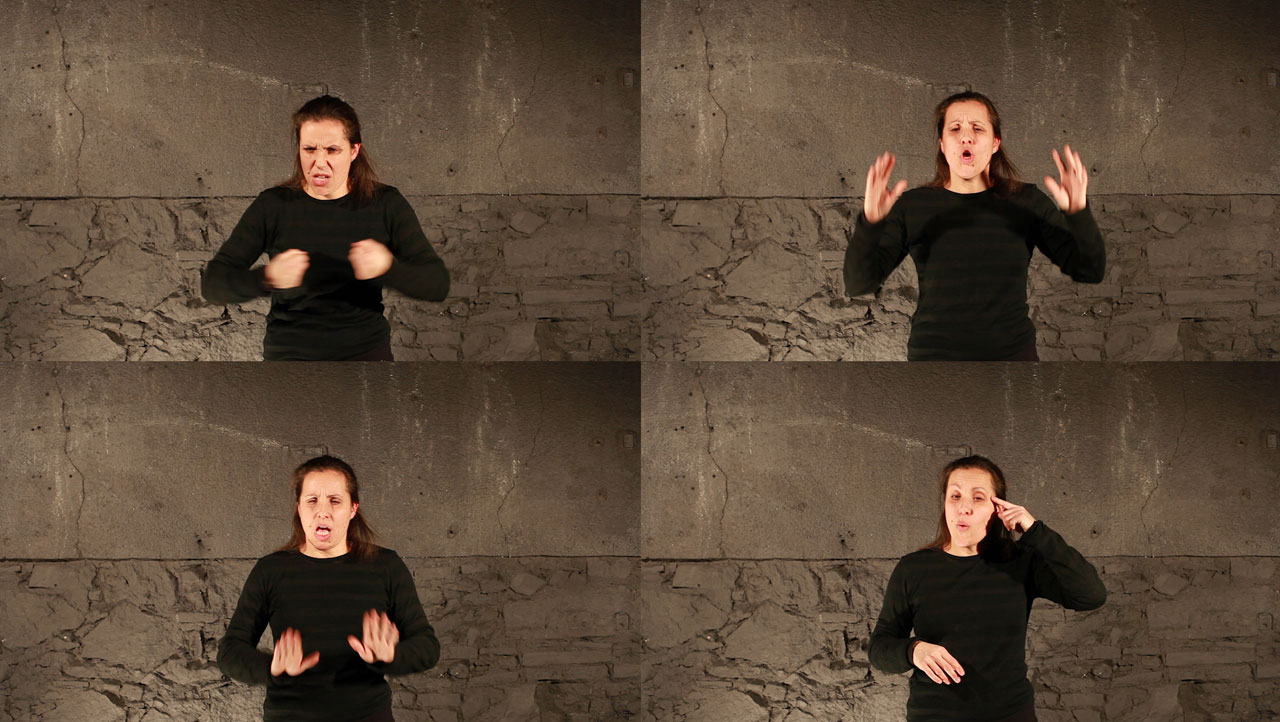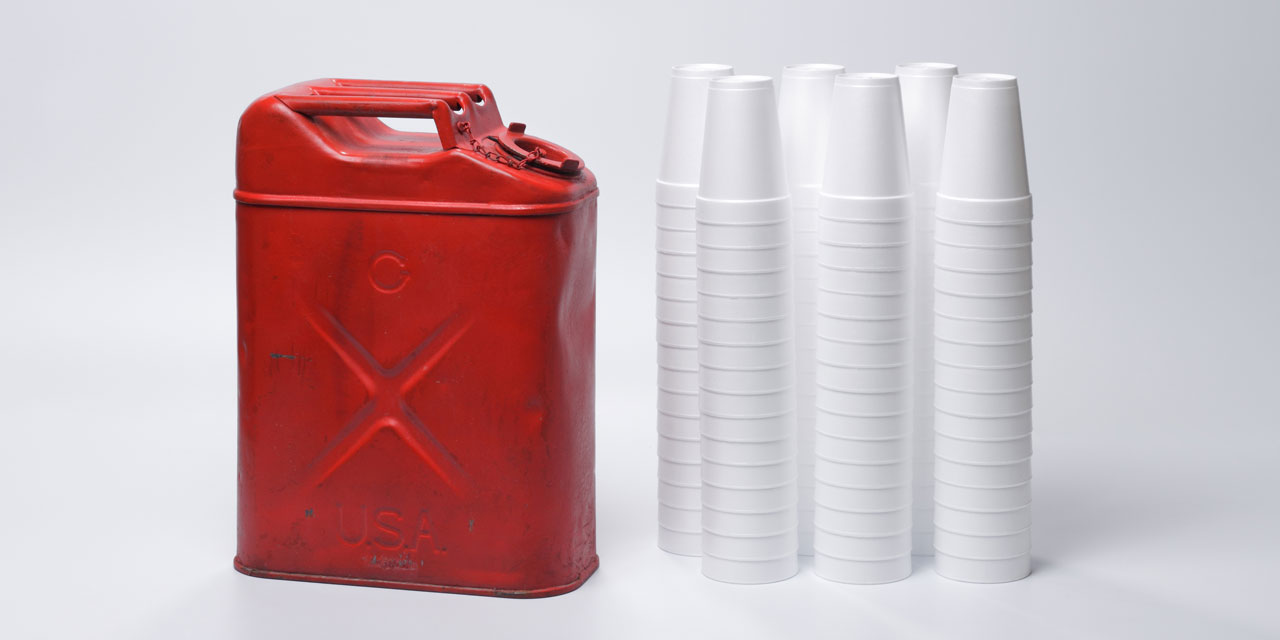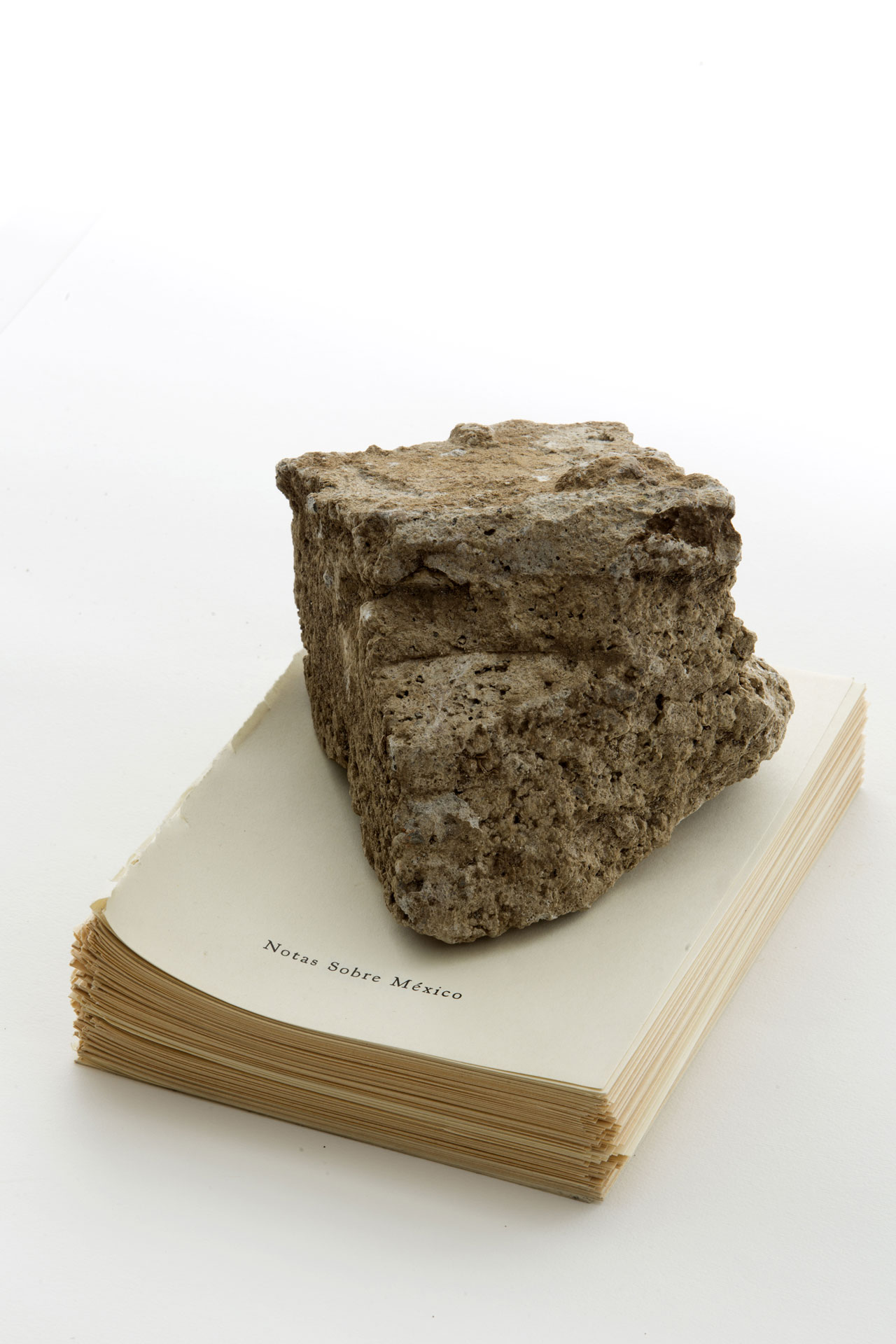Where’s Art interviews Mexican artist Joaquin Segura on the occasion of his participation to the group show Edra. Connecting landscapes at the two venues of the Embassy of Mexico and Polish Institute in Rome. A founding member and board advisor of SOMA, Mexico City, the artist talks about his practice and the relation between art and politics, while reflecting more broadly on history and our present international occurrences.
Who are these so-called dissidents? Where does their point of view come from, and what importance does it have? What is the significance of the “independent initiatives” in which “dissidents” collaborate, and what real chances do such initiatives have of success? Is it appropriate to refer to “dissidents” as an opposition? If so, what exactly is such an opposition within the framework of this system? What does it do? What role does it play in society? What are its hopes and on what are they based? Is it within the power of the “dissidents”—as a category of subcitizen outside the power establishment—to have any influence at all on society and the social system? Can they actually change anything? – Václav Havel, The Power of the powerless, 1978
Your video works usually discuss themes such as violence and power, i.e. The Anarchists and the Bombs (2013) and the Ontological Politics #1 (Havel) (2013). They wittily stigmatize and question contradictions and mechanics of totalitarian regimes. What is the starting point of this reflection? A domestic situation or a broader consideration of the international state of things?
I like to think that my artistic practice operates as a multi-level mechanism that predominantly strives to detonate critical thinking in the viewer about both its immediate and expanded contexts. I do think, however, that the global sociopolitical scenario has been heavily growing more and more complex in the past few years, as several other circumstances and players not visible before are now interspersed among these power shifts in manners that had not been that significant before, or at least, as evident as they are now. I am interested in constructing a detached reflection about unrest and instability. This, of course, has to do with my personal experience of Mexico, a country which I consider the very definition of a failed state.
In a way, these considerations also appeal to the preeminent globalization of crisis we can observe today. My concerns about the nature of power, the dynamics between the ideas of fissure and ideology or the inner workings of how superstructures assimilate, manipulate and nullify dissent are rooted in a few key concepts that have been revolving in my practice for quite some time now: impossibility, failure and collapse. These ideas iterate in the works you mention in very specific terms; in The Anarchists and the Bombs I tried to talk about problems of translation, mutism and stagnant ideologies as in the Havel piece the focus is on recurrence, futility and an all-around feeling of deprecating self-doubt. In both cases, they talk about how we fathom schisms.
I am convinced that my constant references to significant events in recent political history are greatly influenced by post-national thinking, both geographically and ideologically. I believe our current global state of affairs places us in a dangerously uncharted spot, historically speaking, which may very well be quite in the brink of major failure. I don’t necessarily consider this to be a negative condition of our times: as complicated as it may be, it is quite exciting to be able to experience and comment on these massive changes. I am sure this is one of the responsibilities of art nowadays. Being able to speak up and imagine a different future, as it seems our present one has already been defined by a set of circumstances not determined by us and has therefore already escaped from our hands. I am convinced we can take it back.
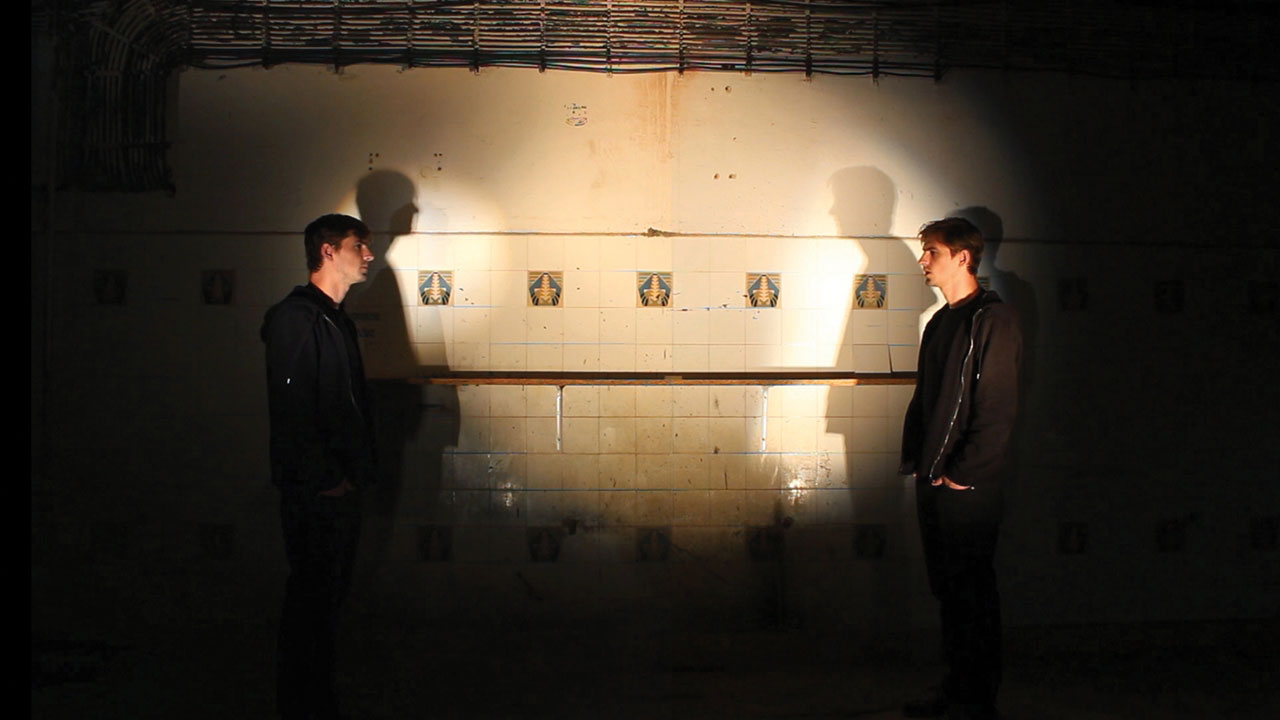
Can you give a personal definition of totalitarianism today?
I think a totalitarian system per se, at least in most of the western world, may be an outdated model to approach and define a specific orientation in contemporary politics, unfortunately quite common. In some cases, these apparatuses have mutated and reinvented themselves under the guise of representative democracies. This even applies to countries without an explicitly autocratic history. Mexico, again. Any political system, independent of its extraction and ideological stance is prone to fall to vices dangerously close to those associated to the traditional concept of an oppressive regime. Think police brutality, state crime, blatant corruption and mass surveillance. I am certain that social representation through traditional politics is impossible and progressively non-operative. We must reinvent the concept of power and how it is acknowledged, distributed and exercised.
More than attempting to define a contemporary totalitarian system, I would advocate the deconstruction of this type of concepts. We need to be critic about any structure in which individuals are not directly responsible of their own well-being; in other words, non-autonomy should be repudiated.
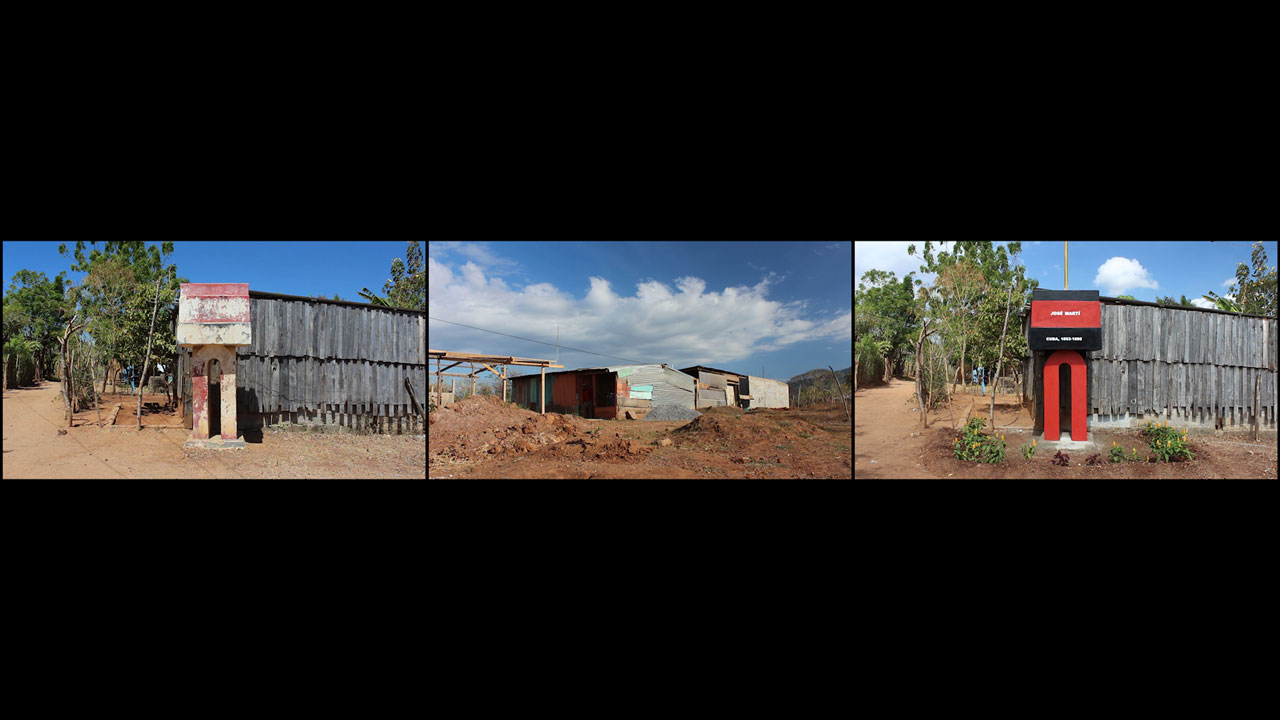
You have recently released your new video Essays on reconstruction (José Martí) (2014) that is more addressed to reconstruct the identity of the population based in El Pantanal (Nicaragua) and its relation to the history of the place. How does this video relate to your interest into digging deep into logics of violence and power?
This work was produced as a site-specific project for the 2014 Nicaraguan Biennial. Omar Lopez-Chahoud, as its chief curator, invited me to work specifically with the community of El Pantanal- quite provocatively I think, for which I’m grateful. This initiative followed up on the collaboration that a French foundation had already established with Nicaraguan institutions that operate in the area. The work that had been done had more to do with community empowerment and sustainable development, though. However valuable this is, it falls a bit out of my field so I tried to approach the assignment on a different manner.
I had never worked on site in Central America, except for a very brief stint in El Salvador, which functioned much more as an accidental research trip that sparked my curiosity about Central American guerrilla movements of the 70’s and 80’s. I was eager to work in Nicaragua and was quickly drawn into the context due to its heavily charged social history and the relative proximity of the triumph of the Sandinista revolution. I was mostly interested in how this particular community, located in the outskirts of the city of Granada, had assimilated the libertarian ideas that permeated this movement and somehow structured part of their communitarian identity around the remains of a concrete monument whose origins were uncertain. This structure was restored with the collaboration of the local people and the resulting video work documents this process.
It turned out to be one of the most intense experiences of my professional practice so far. I got detained and questioned by intelligence officers upon entry to the country under random and unfounded allegations of personal links to radical groups, which they very intriguingly termed ‘counter-revolutionary activity’. I travel quite a bit because of my work and had never been involved in a similar situation before. This isolated episode furthered my already existent questions toward the practicalities of post-revolutionary politics and how these egalitarian regimes actually operate on a quotidian basis regarding the common citizen; how collective identity and post-totalitarian history is perceived and constructed, in this case, after the fall of Somoza.
The resulting project is a 3-channel video installation, quite abstract at times, in which the history of this specific community is outlined and where the origin of the aforementioned monument is delved into through static imagery, loose oral accounts and sometimes conflicting versions about the actual provenance of these abandoned remains.
I believe this work operates as a poignant metaphor on how power structures manipulate cumulative history and social identity. In the end, history is a never-ending game of make-believe. This is how post-revolutionary apparatuses –such as the Mexican government too- create sociopolitical mythologies that lay the foundations for their own agenda, through fictionalizations that may be based in facts that may have a foundation of truth but are historically inaccurate or manipulated to construct a version of the world that operates according to the interests of a handful of people. Playing with a commonplace, history is indeed written by the victors but it can only perpetuate itself if the common citizen believes and stands behind these myths. These constructions thus become an exercise of power and following this line of thought could also be interpreted as an act of historical and social violence. Among the things I have understood before through my practice is that violence presents itself in a very diverse multiplicity of forms. Trying to understand contemporary global history may be an ultimate attempt to grasp this pattern of aggregation and how it has shaped all of our individual contexts more than we actually realize at a given moment.
And particularly, what would you like the public engaged in your projects to take from your work?
A need to question whatever is presented and moreover, try to spark a critical stance through this commitment. I intend to create scenarios in which the viewer questions to some extent their individual beliefs, ideally to the point of a symbolic clash. I don’t believe in a unique version of truth so I don’t feel the need to pontificate about what my artworks deal with; I do believe in failure as a tool for reflection, though. In order to understand our present in all levels, we should embrace ideas such as mistake and breakdown; an aestheticization of disruption.
Do you ever take into account the audience’s reaction when releasing new works?
No, because I can’t experience it beforehand. I do try to work out of distance and respect, as some of the themes addressed may be quite sensitive to certain individuals and backgrounds. What I am careful with is to only proceed within each project when there is enough research to support the point I am trying to make. I don’t expect the viewer to agree with my statements and I think that is a healthy consent. I don’t think we, as artists, should be expected to enunciate answers; I think our main and most pressing duty should be to raise questions and deepen the fissures we choose to dissect and negotiate with.
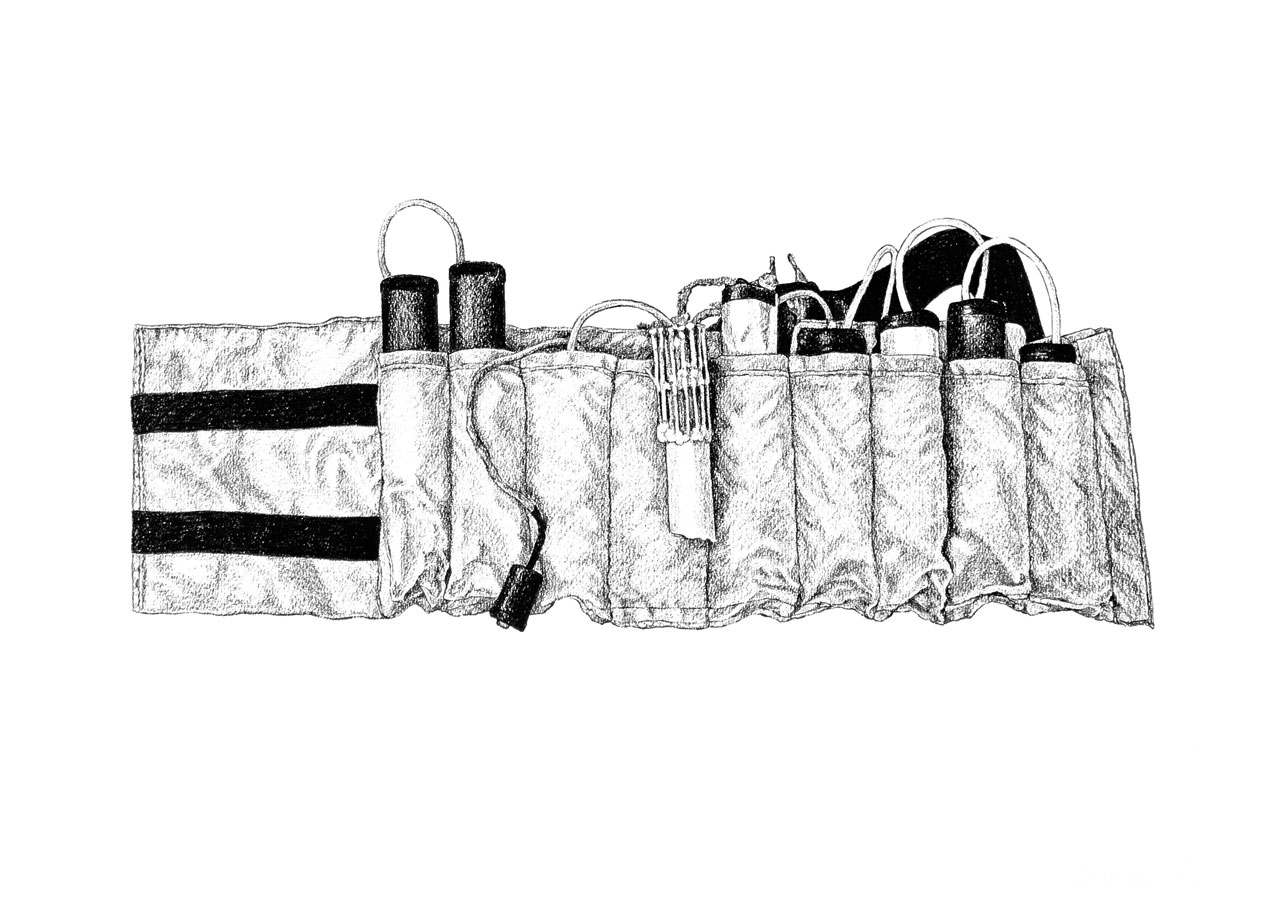
Your manner of working seems to have a lot to do with activism for your attitude to destabilize and undermine beliefs, habits and the so-thought obvious. Where is in your work the boundary between art and activism?
There’s none because there is no relationship. I don’t think art and activism should be discussed in the same tenure and I have been strongly vocal about this distinction in the past. I highly respect activists as much as I respect most of my colleagues but each activity has its own operating logic and a completely different set of objectives. While I do think my practice shares certain concerns and maybe even strategical outlines, we work in different spheres. While activism seeks distinct answers to specific questions, I think artists should work predominantly towards expanding barriers and territories of doubt. It would be quite ingenuous and dishonest to not mention the commodification processes contemporary art goes through. I am not saying participating in the market automatically disengages art with a political interest but it does become a tough question to address. The presence of the concept of authorship in art is a major breaking point as well; activism predicates the importance of non-protagonical action, to claim authorship would foster contradiction and incongruity in its purpose. All of these circumstances do make a difference and should be taken into account.
Art activism is also a potential vehicle for shameless self-promotion and opportunism, especially in complex times like ours. In my opinion, what usually happens with art treading on the boundary of activism is that it ends up nullifying itself, incapable of making a solid point on neither field. I am not saying that I don’t possess a solid political stance either; I just mean that in my case or in the case of the art I appreciate, art making and ideological principles are not mingled in an irresponsible manner. I wouldn’t want to end up making propaganda. Then again, maybe I already do. Who knows.
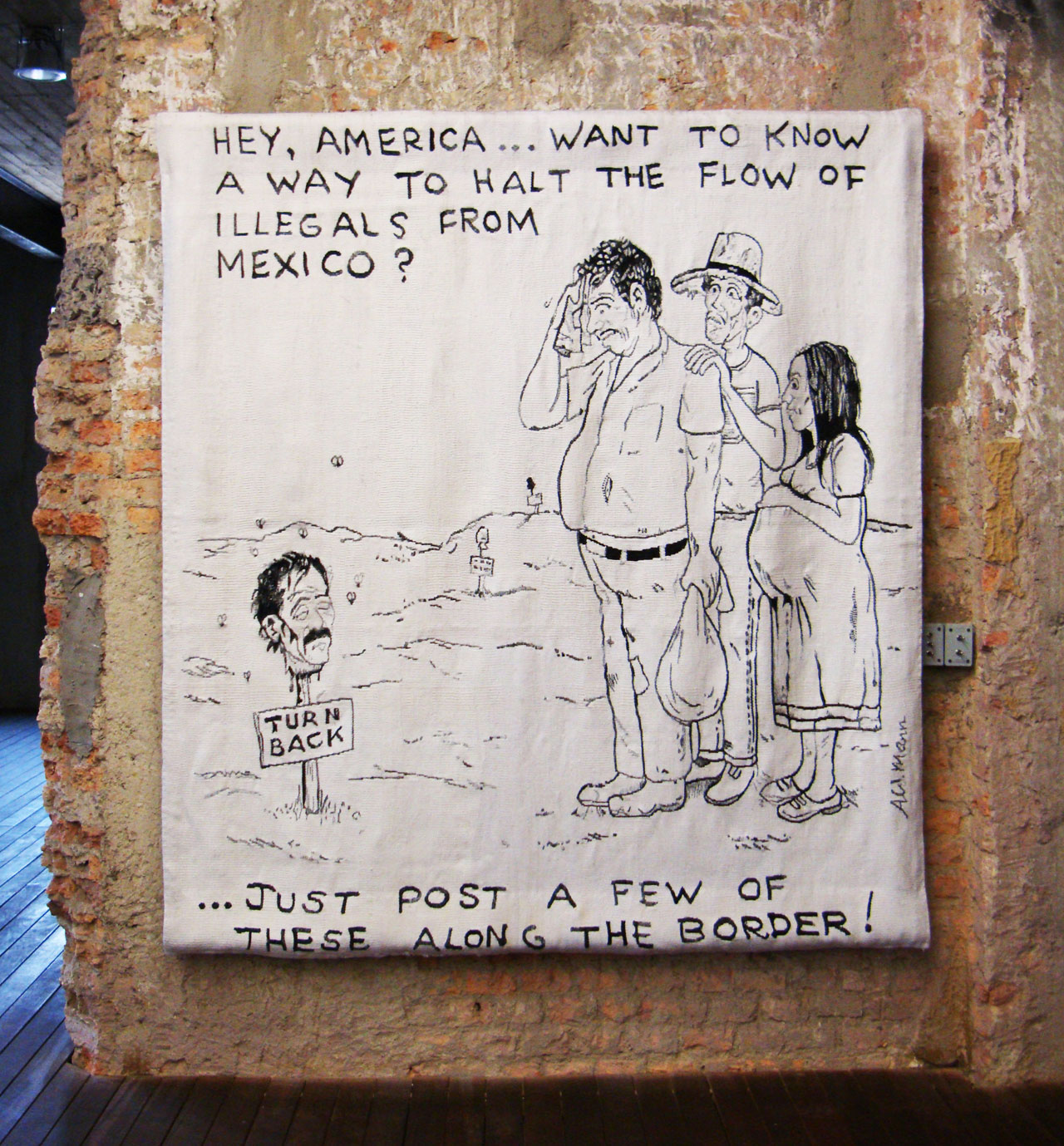
And, why art is needed for your counter-narrative?
I think art is both powerful enough to make an argument be heard and also possesses the right amount of innocuousness to prevent this argument to harm if you happen to be wrong. It is a territory ruled by imagination and abstract elaborations, but one that may trigger ideas that can actually change what doesn’t work in our world. Art empowers the viewer to think differently and helps him understand the value of disagreeing; it allows us to instrumentalize a diversity of contradicting voices. I don’t think we’ll ever stop needing all that in every sense.

